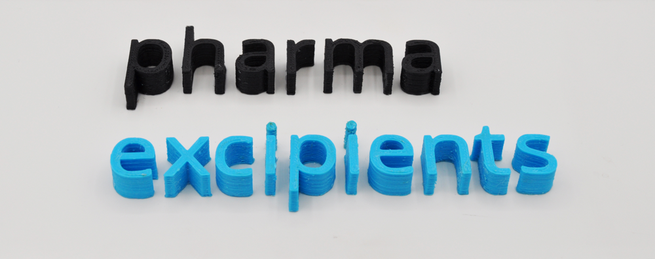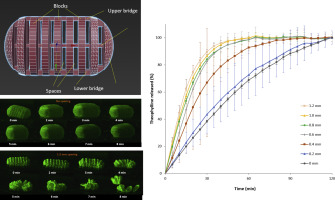- Home
- Blog
- News
- Basics
- Sources
- Agencies, Regulatory & Organisations
- CERSI Excipients Browser
- Excipient Report
- Excipient DMF List
- EXCiPACT Certified Companies
- Excipient Documentation
- Excipient EINECS Numbers
- Excipient E-Numbers
- FDA Inactive Ingredient List
- FDA GRAS Substances (SCOGS) Database
- IPEC Americas
- USP - U.S. Pharmacopeia
- Definitions
- Whitepapers / Publications
- Supplier
- Services
- Media
- Events
- 1st pharmaexcipients Poster Award
- Event Calendar
- Events featured by pharma-excipients
- 4th Annual Formulation & Drug Delivery Congress
- DDF Summit
- ExcipientFest Americas
- ExcipientFest Asia
- Global CompliancePanel
- International Conference and Exhibition on Pharmaceutics & Novel Drug Delivery Systems
- Formulation & Drug Delivery USA Congress
- Laboratory Medicine 2018
- Making Pharmaceuticals Europe
- Making Pharmaceuticals Exhibition
- Pharma Integrates
- PharmaExcipients China @CPhI China
- TTC Technology Training Center
- Jobs
- Online Sourcing
- Contact
08. August 2018
Three-dimensional printing (3DP) has the potential to cause a paradigm shift in the manufacture of pharmaceuticals, enabling personalised medicines to be produced on-demand. To facilitate integration into healthcare, non-destructive characterisation techniques are required to ensure final product quality. Here, the use of process analytical technologies (PAT), including near infrared spectroscopy(NIR) and Raman confocal microscopy, were evaluated on paracetamol-loaded 3D printed cylindrical...
30. May 2018
The pharmaceutical industry stands on the brink of a revolution, calling for the recognition and embracement of novel techniques. 3D printing (3DP) is forecast to reshape the way in which drugs are designed, manufactured, and used. Although a clear trend towards personalised fabrication is perceived, here we accentuate the merits and shortcomings of each technology, providing insights into aspects such as the efficiency of production, global supply, and logistics. Contemporary opportunities for...
25. March 2018
Fused deposition modelling (FDM) 3D printing has shown the most immediate potential for on-demand dose personalisation to suit particular patient's needs. However, FDM 3D printing often involves employing a relatively large molecular weight thermoplastic polymer and results in extended release pattern. It is therefore essential to fast-track drug release from the 3D printed objects. This work employed an innovative design approach of tablets with unique built-in gaps (Gaplets) with the aim of...
24. May 2016
The recent introduction of the first FDA approved 3D-printed drug has fuelled interest in 3D printing technology, which is set to revolutionize healthcare. Since its initial use, this rapid prototyping (RP) technology has evolved to such an extent that it is currently being used in a wide range of applications including in tissue engineering, dentistry, construction, automotive and aerospace. However, in the pharmaceutical industry this technology is still in its infancy and its potential yet...
17. April 2015
(Reuters Health) – Two-thirds of newborns in Europe who received common medicines were exposed to a potentially dangerous substance in the medication, according a new study. Read more at http://newsdaily.com/2015/04/europes-baby-meds-contain-potentially-harmful-additives/#kGdHkCsaxvIBXeH1.99



